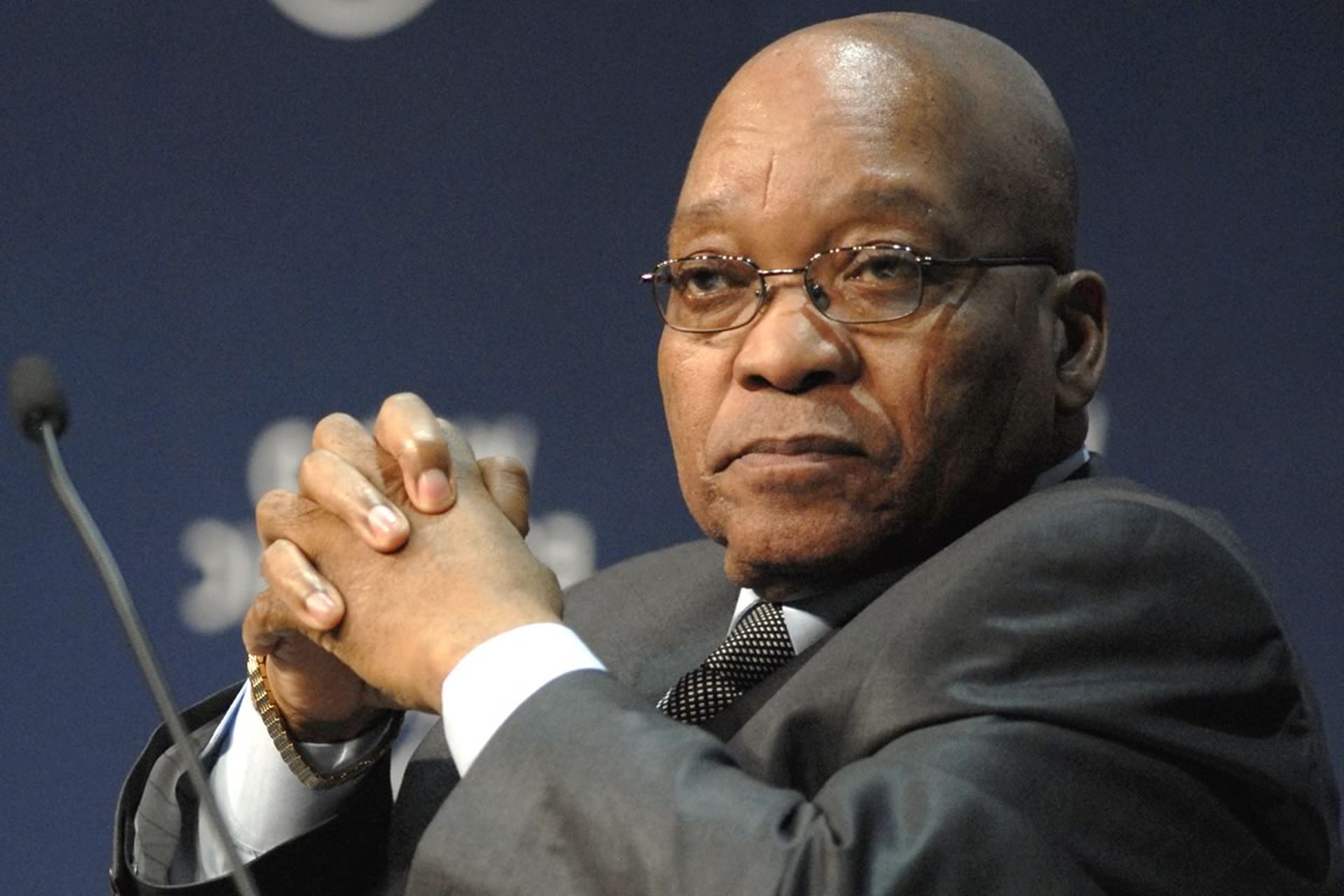
Back in June I prepared a detailed analysis of Zimbabwe’s Statutory Instrument 64 of 2016 from a perspective of international trade. In that perspective, I also pointed out that to avoid retaliation, the SI at the very least, would open doors to compensation demands.
Even though South Africa has been hurt the worst by the cumulative restrictive policies of Harare, SI 64 of 2016 and other restrictions before it, also affect Zimbabwe’s other trading partners from all over the world. It is also the case that just as many of them have been dissatisfied by protectionist policies that have become a pattern out of Zimbabwe.
In my June article which I recommend that you read, I explained the idea behind safeguard measures from a World Trade Organisation (WTO) perspective. The ideal in international trade is liberalization. That is what the WTO has been working to do since 1995. To facilitate more open boarders and not less.
It is for this reason that the cost of safeguards has been made high. Safeguards are restrictive measures designed to protect local industries from overwhelming imports. Previously, countries have also used safeguard measures to unfairly trade with each other. So the drive has always been to make safeguards unattractive to WTO members (which Zimbabwe has been since 1995).
In the last few weeks, talk began to emerge that South Africa had demanded that Zimbabwe looks into a 112 long product list ((NewsDay Zimbabwe – Zim to rejig SI 64 as SA flexes economic muscle))with the view of a tariff reduction on each of them. This is essentially compensation on the losses incurred via Si 64 of 2016 . This has been refereed to as “tariff phase downs”((The Herald – Sadc trade ministers endorse SA, Zim talks on SI 64)). I am yet to ascertain what products are on this long list. To my understanding, no one at this stage has made that list public, both on the South African side and on the Zimbabwean side perhaps due to ongoing negotiations.
Local and foreign businesses have direct interest in finding out what products are contained on that list as this has important implications on a number of things including the success of SI 64 itself. This kind of tariff reduction demanded by the South African government is permissible under WTO rules governing safeguards and Zimbabwe will be obliged to give some compensation.
If negotiations fail, the next logical thing would be for South Africa to retaliate. On the other hand, if South Africa succeeds in getting tariff reviews on the list, other countries may also demand the same. Even so, there could be such silent demands and negotiations already taking place, only that focus has been on South Africa as Zimbabwe’s largest trading partner.
A reduction in tariffs on the 112 products have many unintended outcomes such as loss of revenue on duty on the part of the Zimbabwean government, increased competition on those products on the local market against already existing local manufacturers which itself may indirectly lead to job losses.
Whichever way one may look at it, with the turn of events, it is improbable that Zimbabwe will get away with SI 64 of 2016 without paying a high price for it. This is in keeping with the unattractiveness of safeguard measures in international trade as I have pointed out earlier.